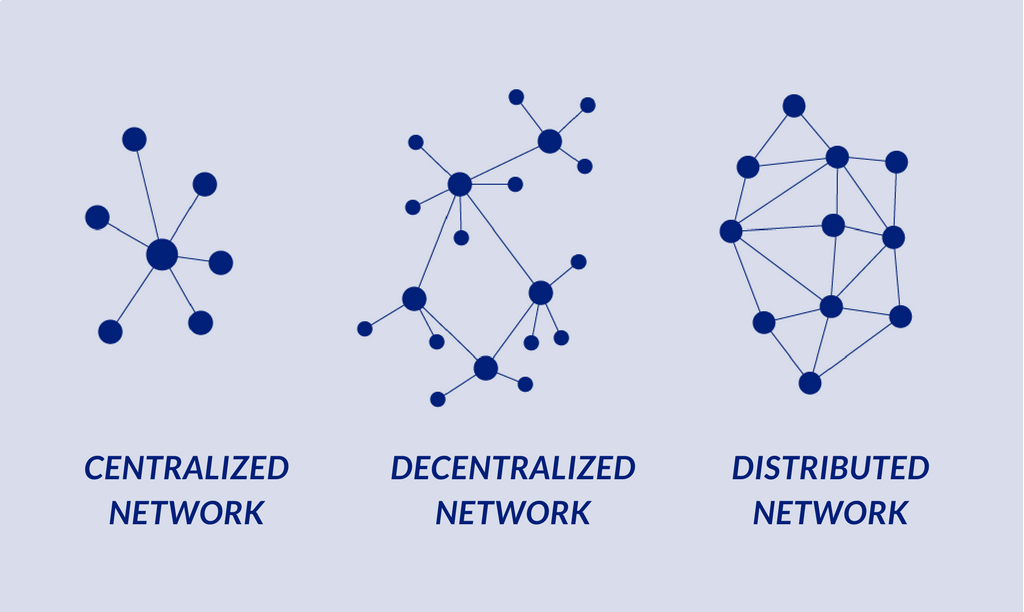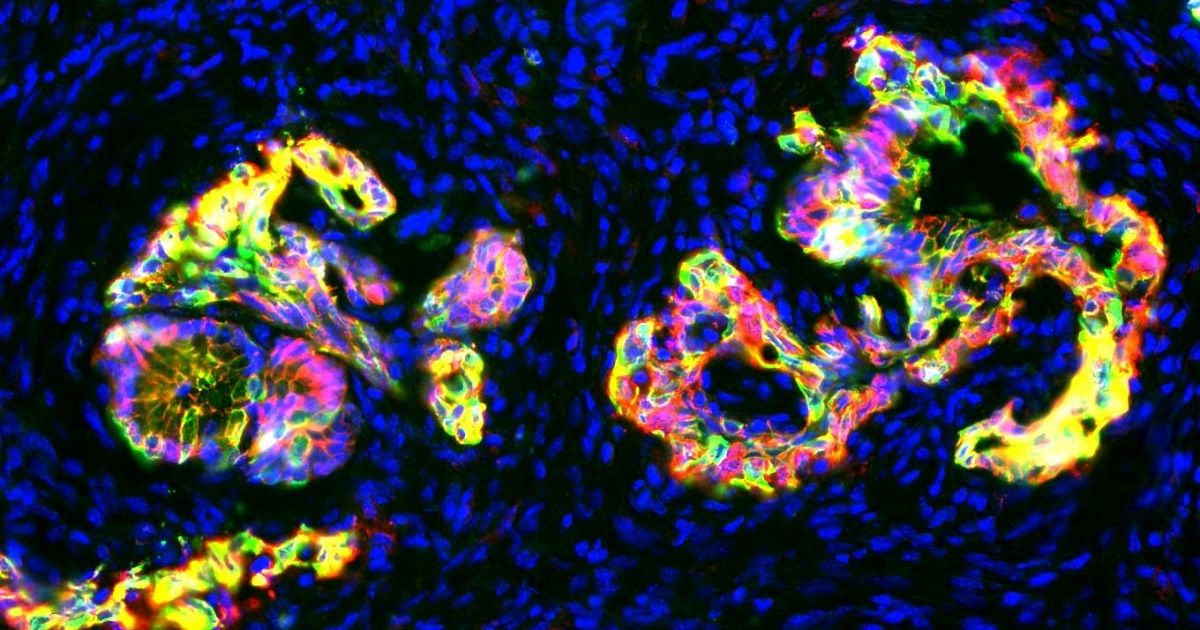“The historic Hearst cattle ranch has become a hybrid solar farm for Apple’s Cupertino campus.”


“The historic Hearst cattle ranch has become a hybrid solar farm for Apple’s Cupertino campus.”

” … [W]hile there has been much forecasting on transformations in labour markets, few practical approaches exist to identifying reskilling and job transition opportunities. Towards a Reskilling Revolution: A Future of Jobs for All provides a valuable new tool that will help individual workers, companies, and governments to prioritize their actions and investments.”

“To encourage exploration and eventual use of this technology in support of climate action, the UN Climate Change secretariat initiated and facilitated the creation of the Climate Chain Coalition and contributed to the writing of its charter of principles and values … ”

“To clarify, “open borders” means that people are free to move to find work. It does not mean “no borders” or “the abolition of the nation-state”. On the contrary, the reason why migration is so attractive is that some countries are well-run and others, abysmally so.”
“Open borders could see global GDP rocket, but free movement around the world could have its downsides. We imagine a borderless world”

The straight poop on fecal transplants. Scientists think fecal transplants help us live longer, healthier lives.
Quote: “Seres Therapeutics is one of the more promising names in poop.”
Here’s the straight poop on fecal transplants, a new medical procedure which physicians use to treat infections. Geroscientists suspect that fecal transplants could help us live longer, healthier lives by giving us a microbiome upgrade. [This report was originally published on LongevityFacts.com. Author: Brady Hartman]
The human microbiome is an invisible world that is only recently coming into focus. The collection of bacteria that inhabit your body is a delicate ecosystem that can crash as you age, travel, or even take a new medication. When it collapses, it can lead to all sorts of distress.
The Business End Of The Poop Industry
Seres Therapeutics is one of the more promising names in poop. The Cambridge biotech company has been trying to transform medicine by harnessing the billions of bacteria in our intestines.



Summary: People can delay or prevent type 2 diabetes with a healthy diet and exercise. Medications also work but are less effective than lifestyle changes. [This article first appeared on the LongevityFacts.com website. Author: Brady Hartman.]
According to the CDC, the ways to delay or prevent type 2 diabetes include diet, exercise, and in some cases, medications. Don’t take risks with your health – all three of these tactics should only be carried out under the supervision of a qualified physician.
Research shows that some prevention strategies are more successful than others in preventing type 2 diabetes.

Oxfam said its figures, which some observers have criticized, showed economic rewards were “increasingly concentrated” at the top. The charity cited tax evasion, the erosion of worker’s rights, cost-cutting and businesses’ influence on policy decisions as reasons for the widening inequality gap.
Just 42 people own the same amount of wealth as the poorest 50 percent worldwide, a new study by global charity Oxfam claimed.